(Gerry Furth-Sides) 1. Mariam’s Garlic Goodness. Mariam Elghani really wanted me to try her family recipe “toom.” So she cheerfully dropped off a bag on her LA delivery trip back to Bakersfield!
We loved it so much we had to share. Mariam’s Garlic Goodness, a plant-based Lebanese garlic dip, known as “toom” in Lebanese, has always been popular throughout the Mediterranean. Mariam’s is made exclusively with Gilroy, California garlic and infuses the rich flavors of raw garlic, lemon juice, natural oils and zesty spices.
The healthy dairy-free ingredients are gluten-free and keto-friendly. The list of uses for the dip is longer: it can be used as a dip for crackers or chips; as a condiment on sandwiches and wraps; as a sauce, dressing, or as a marinade to add a subtle or intense kick to fish and proteins.
Flavors include a mild Garlic, Chili Pepper and really spicy Jalepeno. It is now available at fine retailers, including Andronico’s Community Markets, Erewhon Market, Woodlands Market, Berkeley Bowl Marketplace, and more throughout California. For more information, please visit www.mariamsmediterranean.com/ or follow on Instagram and Facebook @GarlicGoodness.
Garlic Goodness was founded by Berkeley-based entrepreneur Mariam, who was inspired while growing up working in her family’s Silicon Valley restaurant, Falafel Bite Mediterranean Grill. Elghani worked with her father to perfect traditional Lebanese recipes. The turning point arrived when they started dressing wraps with their own handmade toom, customers began asking for the condiment as a side dip and it became an instant hit.
“My family’s restaurant catered events for a lot of Valley-based tech companies. When we first introduced toom, they started requesting side order containers of it for their events. Soon it became so popular, they were requesting entire trays of toom,” as Elghani recalls. “By 2018, demand became so great, I realized we could be producing more for people beyond the Valley. And now it is thrilling to know its available in stores all over the state.”
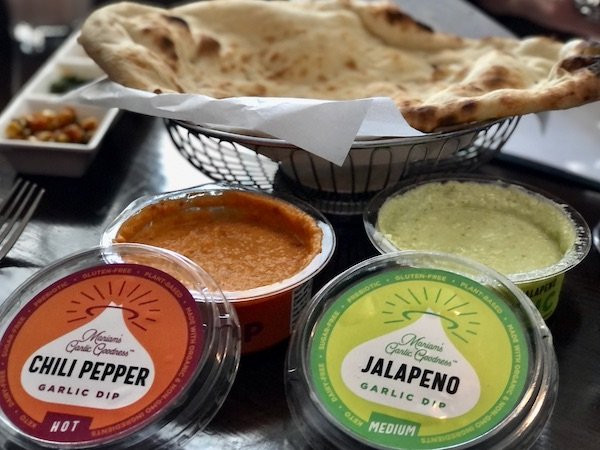
Delicious! A spicy level for each of us!
2. Black Garlic and Elephant Garlic continues our own garlic love affair with a subtle bulb that is less pungent in smell and taste than the standard garlic. //www.melissas.com/products/black-garlic It is available online at Melissa’s Produce, along with sectioned, peeled regular garlic.
Our new favorite way to use it– one becoming very fashionable it appears- is in Roasted Garlic Jam. Black or Elephant garlic makes the “jam” almost sweet rather than pungent with less of a smell, like classic garlic. We have also use it, minced with our fingers, to dot vegetable galettes. And it makes a perfect, unique and original gift in a little reusable canning jar. The recipe is below.
,
Roasted Garlic Jam
Ingredients:
- 2 large sweet onions (we used Hatch sweet onions from Melissa’s produce)
- 2 Tablespoons olive oil (we use a rich Spanish olive oil or grapeseed oil)
- 2 Tablespoons butter (we use Kerrygold unsalted)
- 2 heads of Black garlic, peeled and roasted
- 1 head of Elephant garlic, peeled and roasted
- 1/4 cup packed brown sugar (we used dark brown organic)
- 3 tablespoons balsamic vinegar (we use rich Spanish balsamic vinegar)
- 1/8 teaspoon Meyer lemon (from the garden of @Table Conversation!)
- Freshly ground black pepper and herbs (we sometimes use Melissa’s Produce garlic, herb grinder)
Directions
Peel the onions and slice or cut into a rough dice. Place in the bowl of a food processor and pulse until roughly chopped.
Place in a pan. Cook for 10-15 minutes until golden brown and tender. Add the brown sugar, balsamic vinegar and pepper. Cook, stirring often, for 15-20 minutes, or until the mixture is thick and deep golden. Cool. Place in a glass jar with lid. Refrigerate until needed. The spread can go into the freezer for about a week.
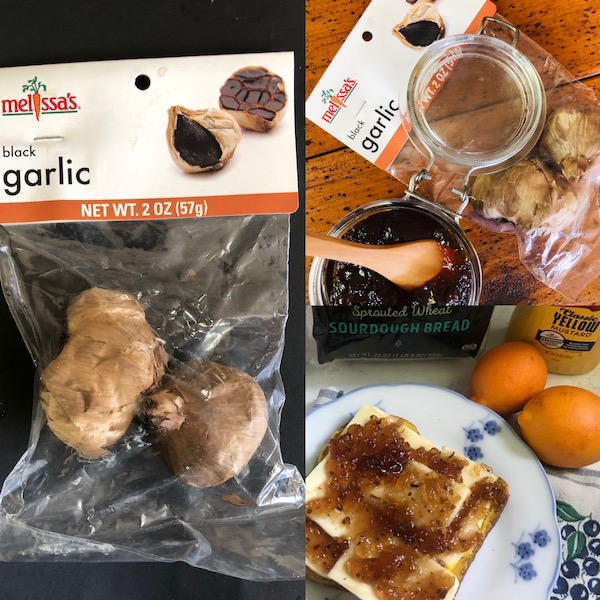
3. The renowned Gilroy Garlic Festival Association will present its 2021 “legacy events” the weekends of July 23rd-25th and July 31 with a variety of socially distanced and virtual events designed to showcase and honor the bulb which made Gilroy famous.
The festival is wildly popular for offering up garlic in every form imaginable from savory garlic-infused batter to sweets such as garlic ice cream. Almost as important, the camaraderie and food tastings of this unique bulb make for the most friendly, fun and tasty time ever — rivaling mushrooms for the title. This year planners are working on a variety of creatively reimagined events (socially distanced, virtual, and more). Please see the website for up-to-date schedules and details. //gilroygarlicfestivalassociation.com
On the list: a series of drive-thru events at Gilroy Presbyterian Church, a Farm-to-Table dinner at Fortino’s Winery, and a Golf Tournament at Gilroy Golf Course.
A Savor a Farm-to-Table Dinner at Fortino’s Winery (located at 4525 Hecker Pass Highway) the evening of Saturday, July 24th. The feast bring farm-fresh flavors in food and wines directly to the table.
Drive-thru Gourmet Alley, scheduled for the weekends of July 23rd, 24th and 25th, and July 30th, 31st, and August 1st, takes place at the Gilroy Presbyterian Church, located at 6000 Miller Ave., Gilroy, CA 95020.
A Make a Hole-in-One at the Garlic Festival Gold Tournament “for a cause” at the Garlic Festival Golf Classic, which will be held Friday, July 30th at Gilroy Golf Course, located at 9402, 2695 Hecker Pass Road.
The Gilroy Garlic Festival Association is a 501(c)(3) nonprofit that has distributed more than $12 million to the community through its annual festivals since 1979. Their goal: to be a chain that links together residents, businesses, nonprofits, faith groups, schools, and other local institutions in a collaborative and supportive expression of “community.”
The Festival works closely with the Santa Clara County Health Department to get approval for the Gourmet Alley Drive-Thru.
GILROY GARLIC FESTIVAL ASSOCIATION, INC.
PO Box 2311
Gilroy, CA 95021




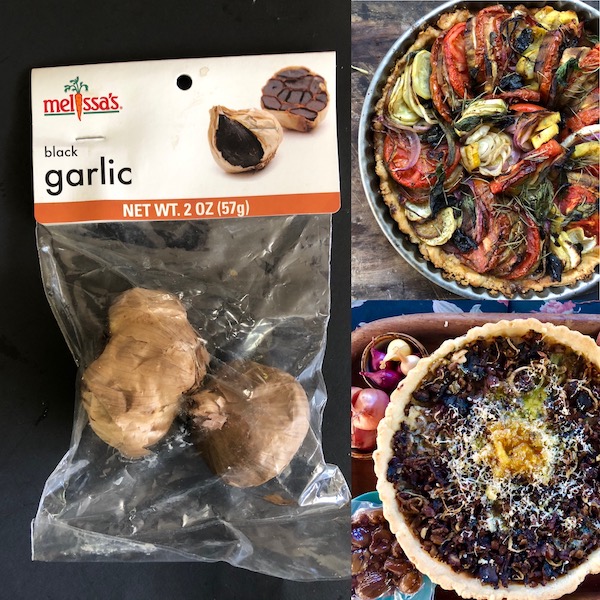



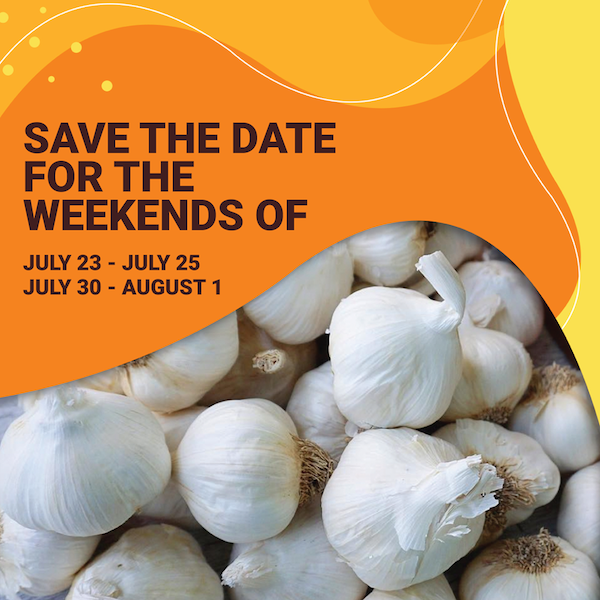

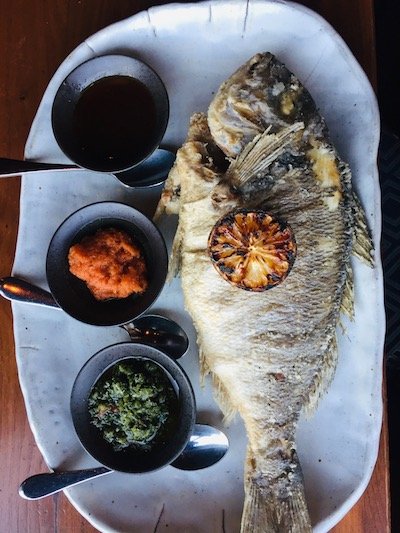

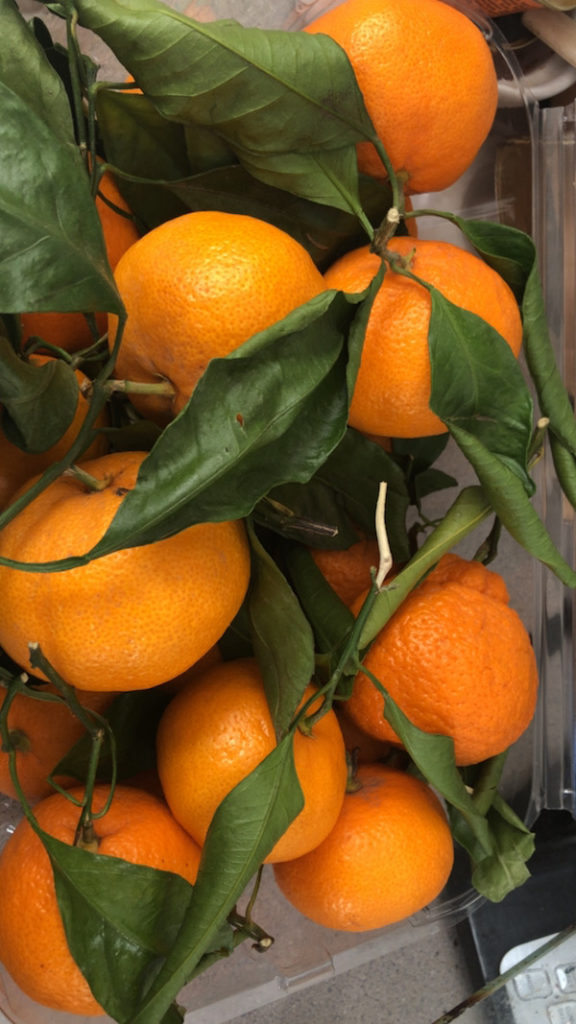
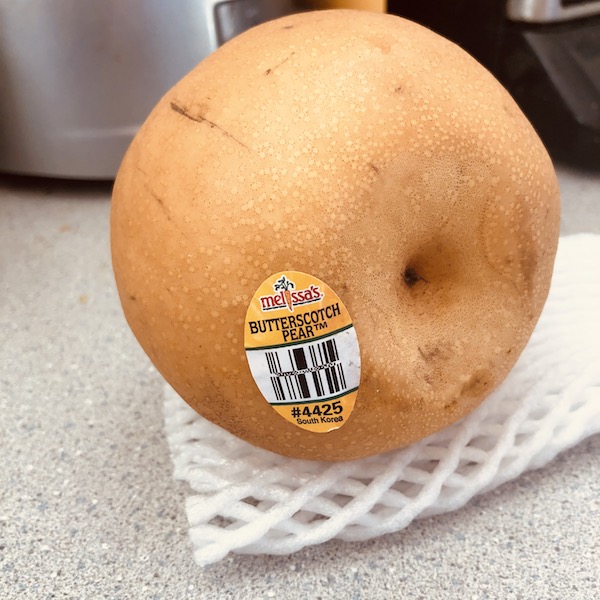
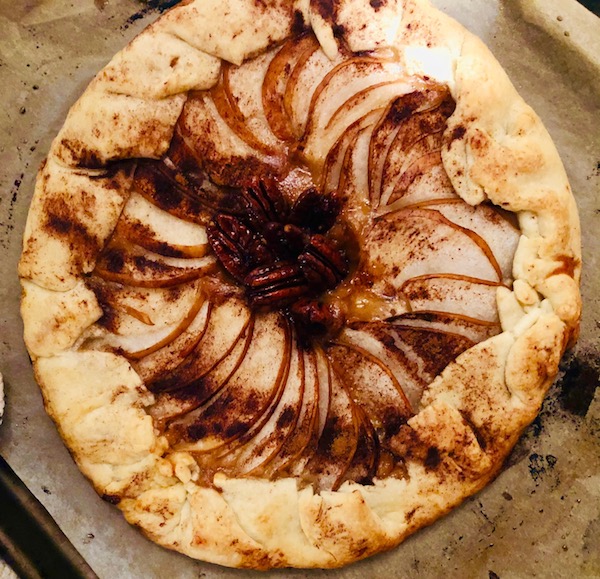
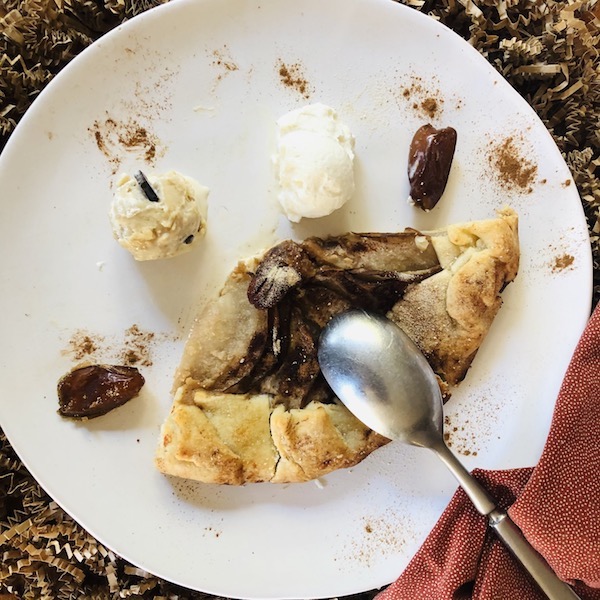
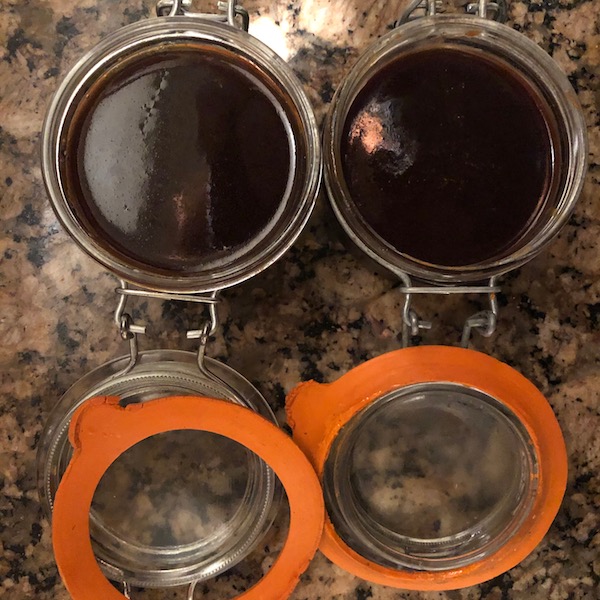
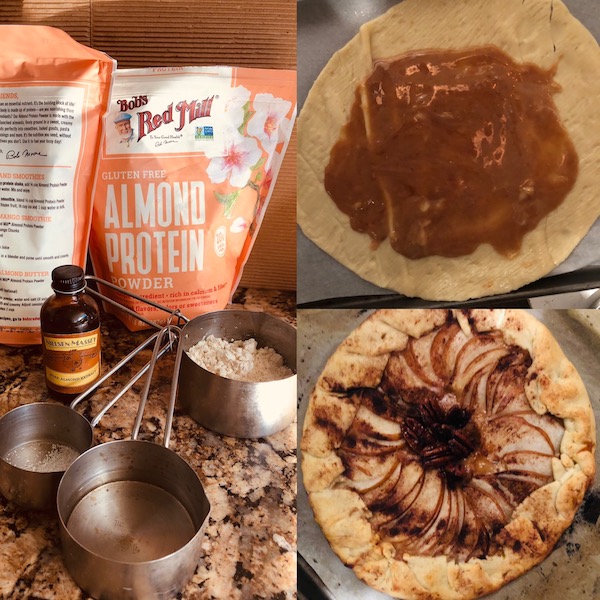

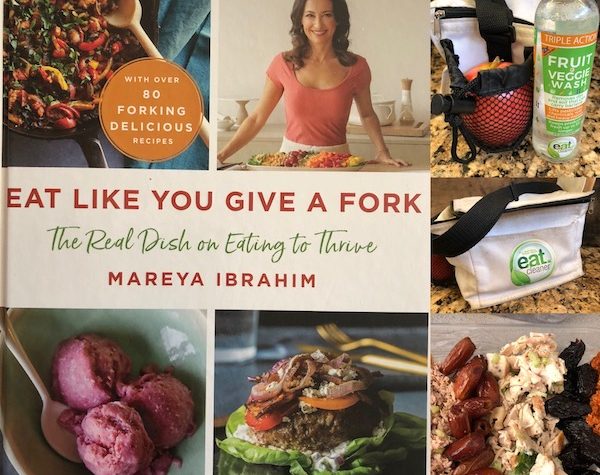
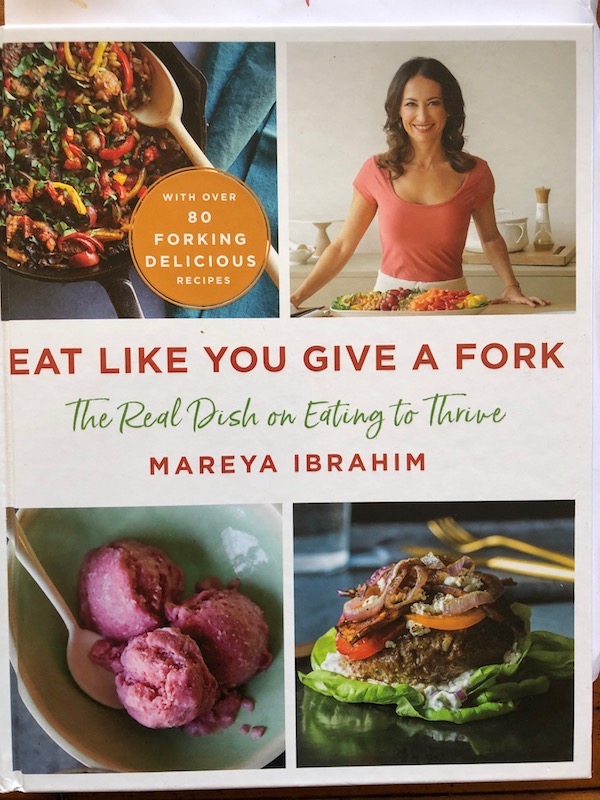


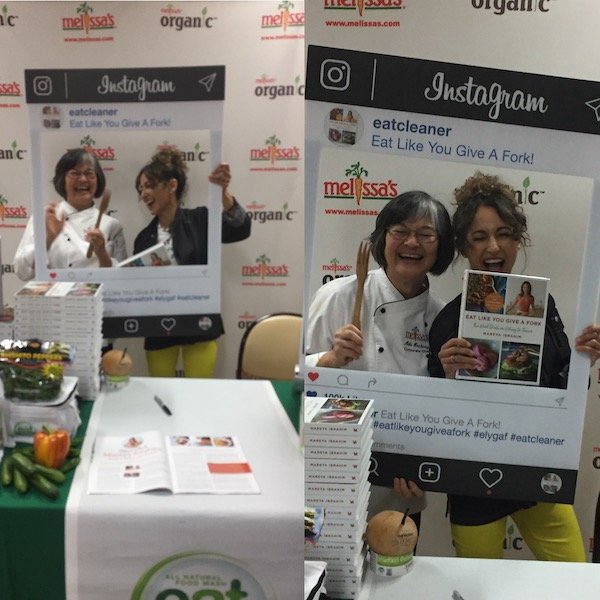
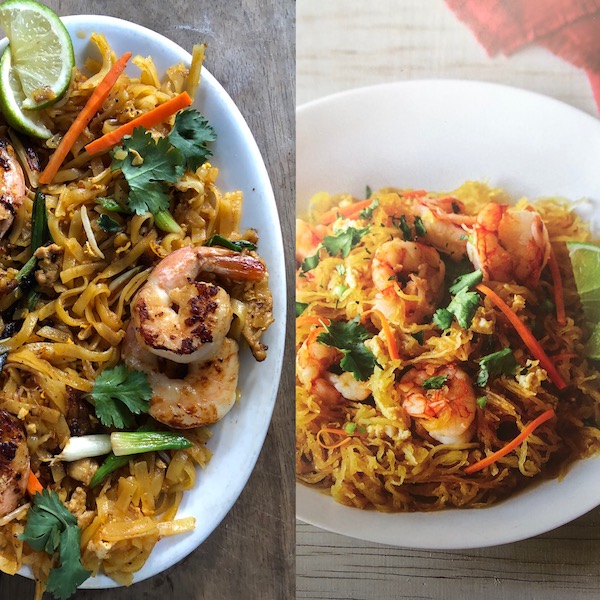


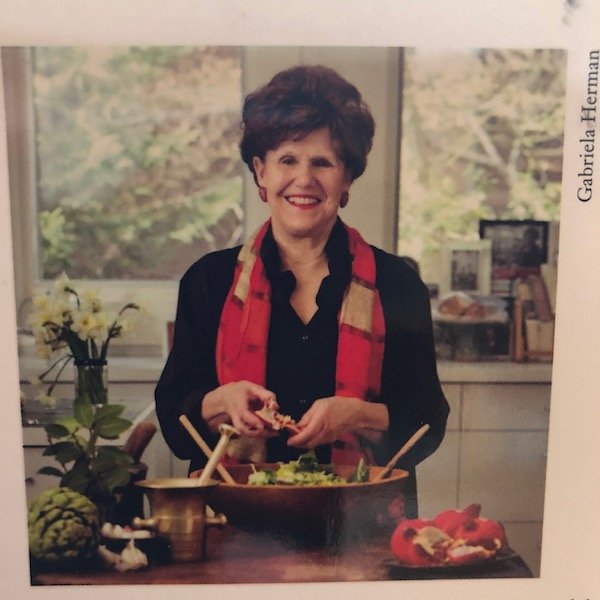



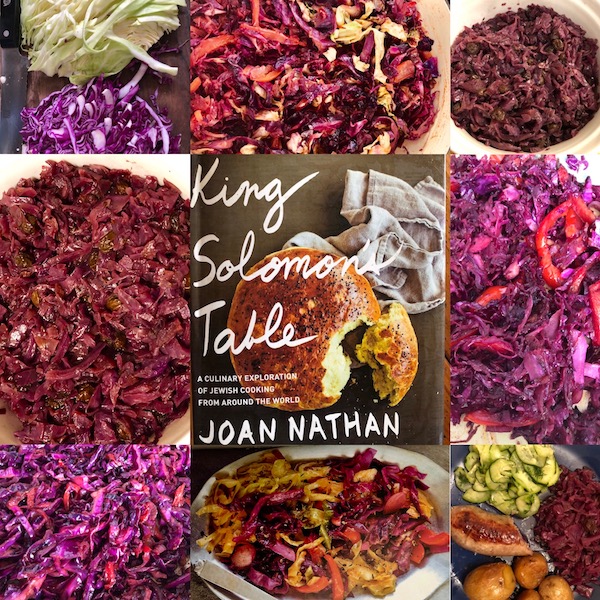
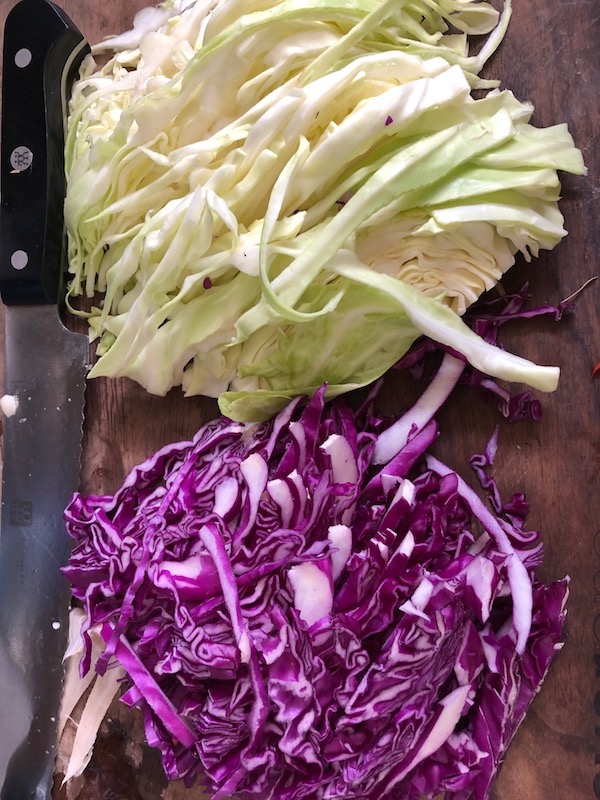

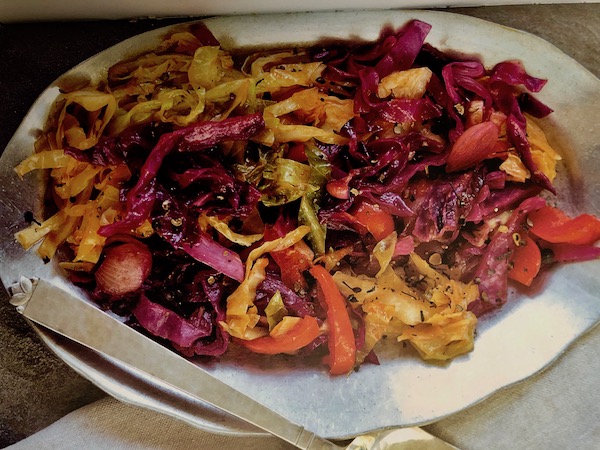
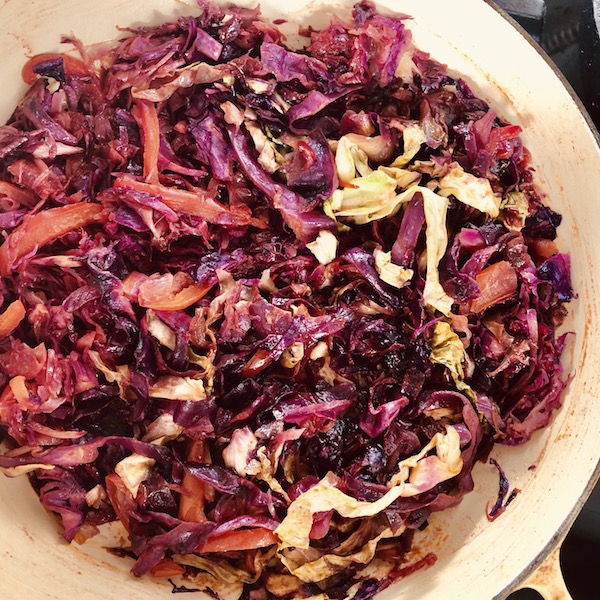

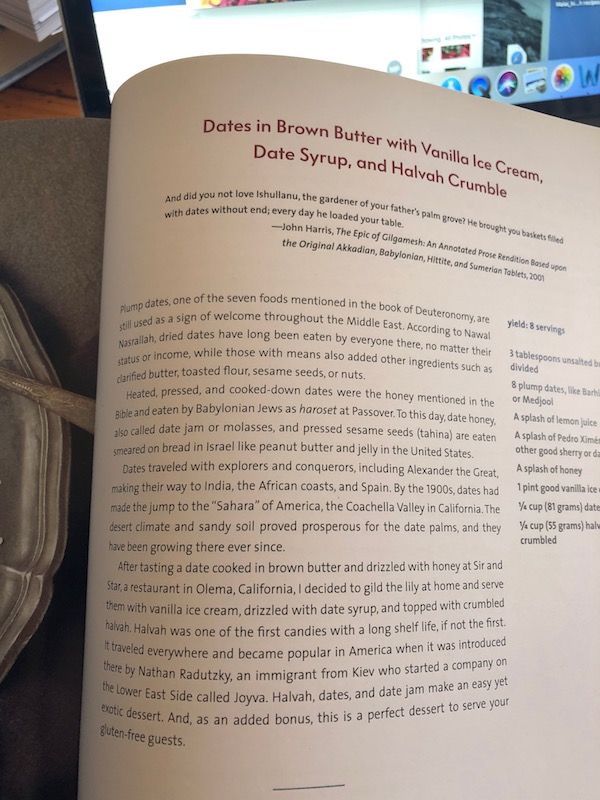


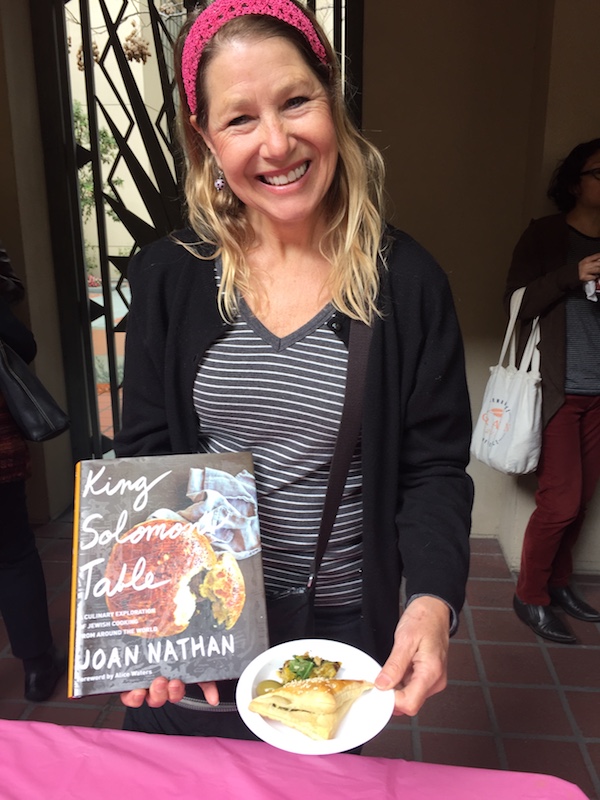


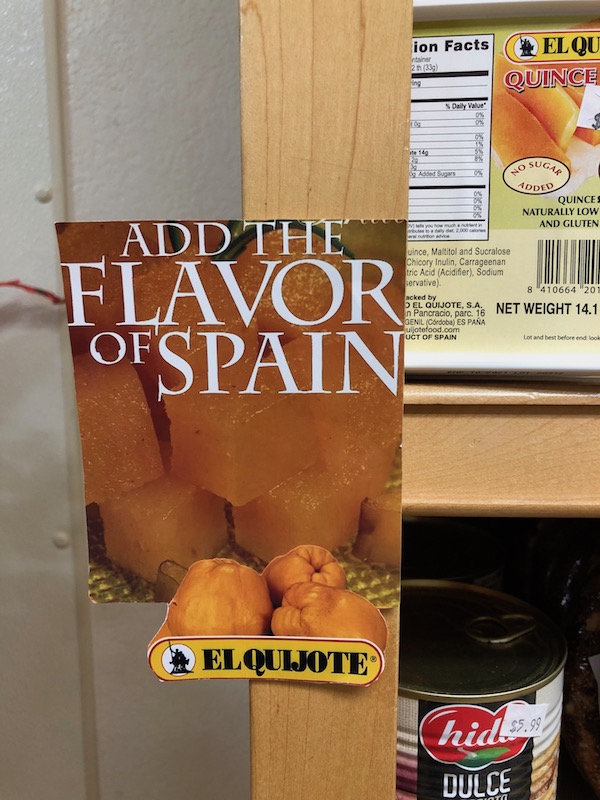
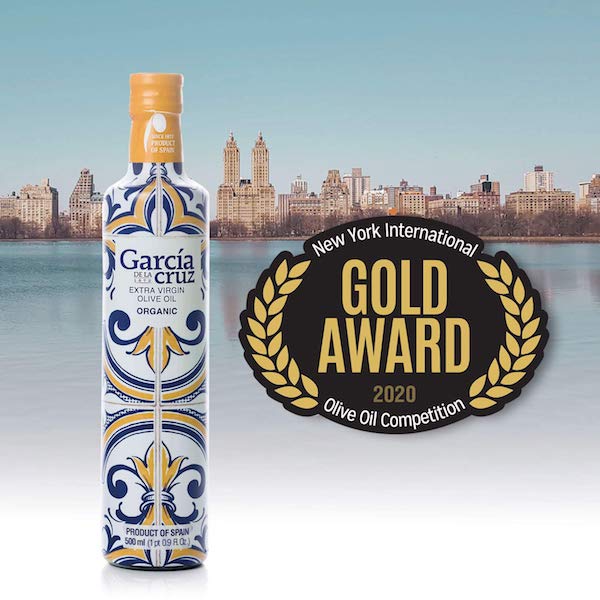

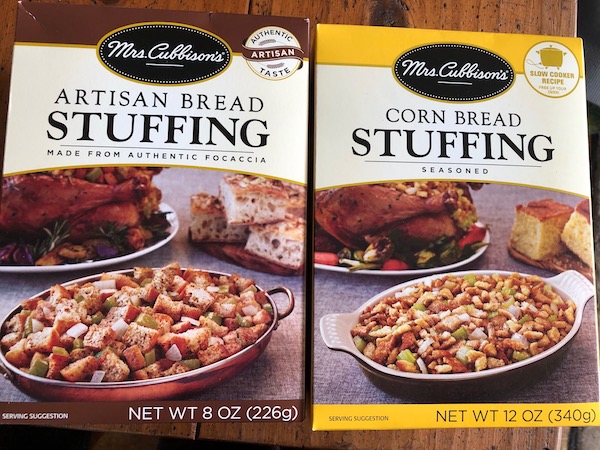
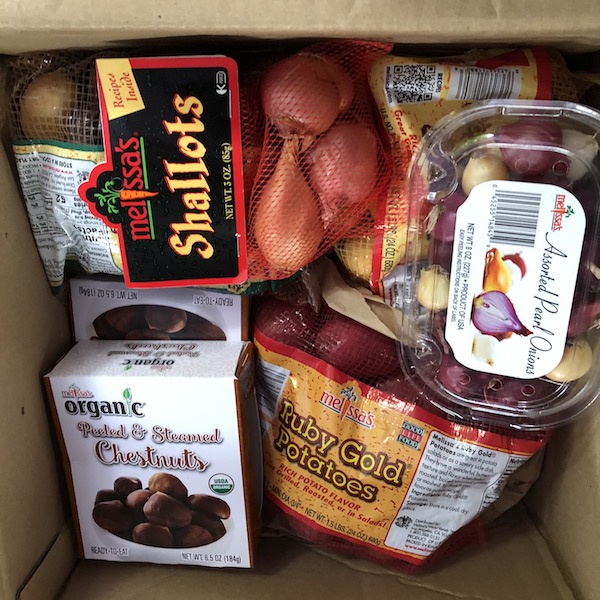



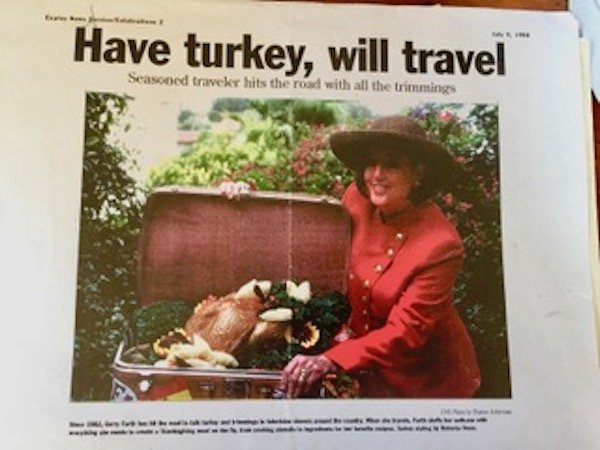





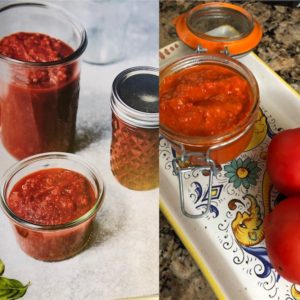



















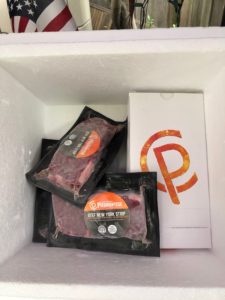

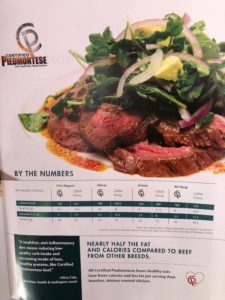
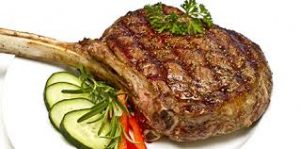
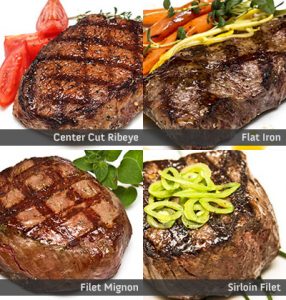
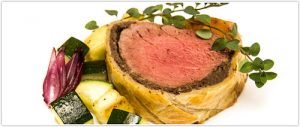







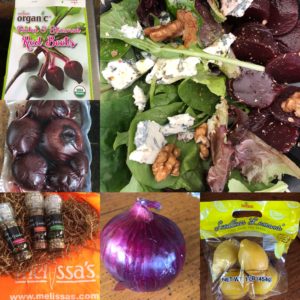






 Gerry Furth-Sides
Gerry Furth-Sides  Barbara Hansen
Barbara Hansen  Chef-owner Alain Cohen
Chef-owner Alain Cohen  Roberta Deen
Roberta Deen  Jose Martinez
Jose Martinez  Nivedita Basu
Nivedita Basu